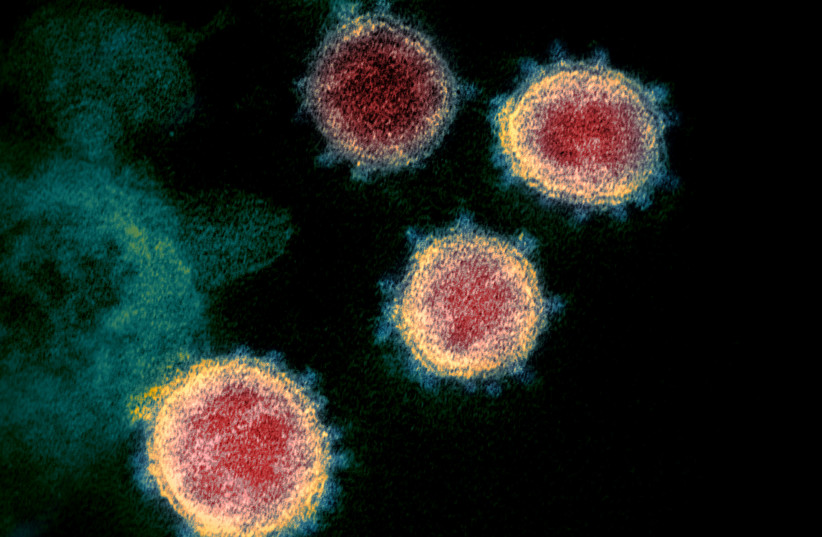Researchers at the University of British Columbia in Canada have identified a weakness shared by all major variants of the SARS-CoV-2 virus, which causes COVID-19. The vulnerability can be targeted by neutralizing antibodies, which could lead to the development of universal treatments for the disease.
The research, published on Thursday in a peer-reviewed study in the scientific journal Nature Communications, used a technique called cryo-electron microscopy to study the atomic structure of the weak spot on the viral spike protein, called an epitope.
The findings also include a fragment of an antibody known as VHAb6, which can attach to the epitope and neutralize the viral particle.
“This study reveals a weak spot that is largely unchanged across variants and can be neutralized by an antibody fragment," according to senior study author Dr. Sriram Subramaniam, a professor at UBC’s faculty of medicine. "It sets the stage for the design of pan-variant treatments that could potentially help a lot of vulnerable people.”
According to the study, mutations in the spike glycoproteins of SARS-CoV-2 variants have been demonstrated to strengthen the spike protein.

"Our results provide mechanistic insights into the structural, functional, and antigenic consequences of SARS-CoV-2 spike mutations and highlight a spike protein vulnerability that may be exploited to achieve broad protection against circulating variants."
Study
Although antibodies are produced naturally by the body in order to battle infection, they can also be created in a laboratory and given to patients as a treatment.
Several antibody treatments have been developed to combat COVID-19, but their efficacy has decreased against highly-mutated SARS-CoV-2 variants such as Omicron, according to UBC.
Process of the study
In the study, the researchers identified the antibody fragment VHAb6, which has the capability to destroy all major SARS-CoV-2 variants by binding to the spike protein in a novel way.
They also provided a comparative analysis of the effects of mutations in the spike protein of variants and identified the ways that mutations allow viral particles to evade destruction by antibodies.
The researchers synthesized genes from a SARS-CoV-2 S protein and introduced them to pcDNA3.1. They then synthesized mutated S protein genes and used them to construct the mutant D614G.
"Our results provide mechanistic insights into the structural, functional, and antigenic consequences of SARS-CoV-2 spike mutations and highlight a spike protein vulnerability that may be exploited to achieve broad protection against circulating variants," the researchers said.
